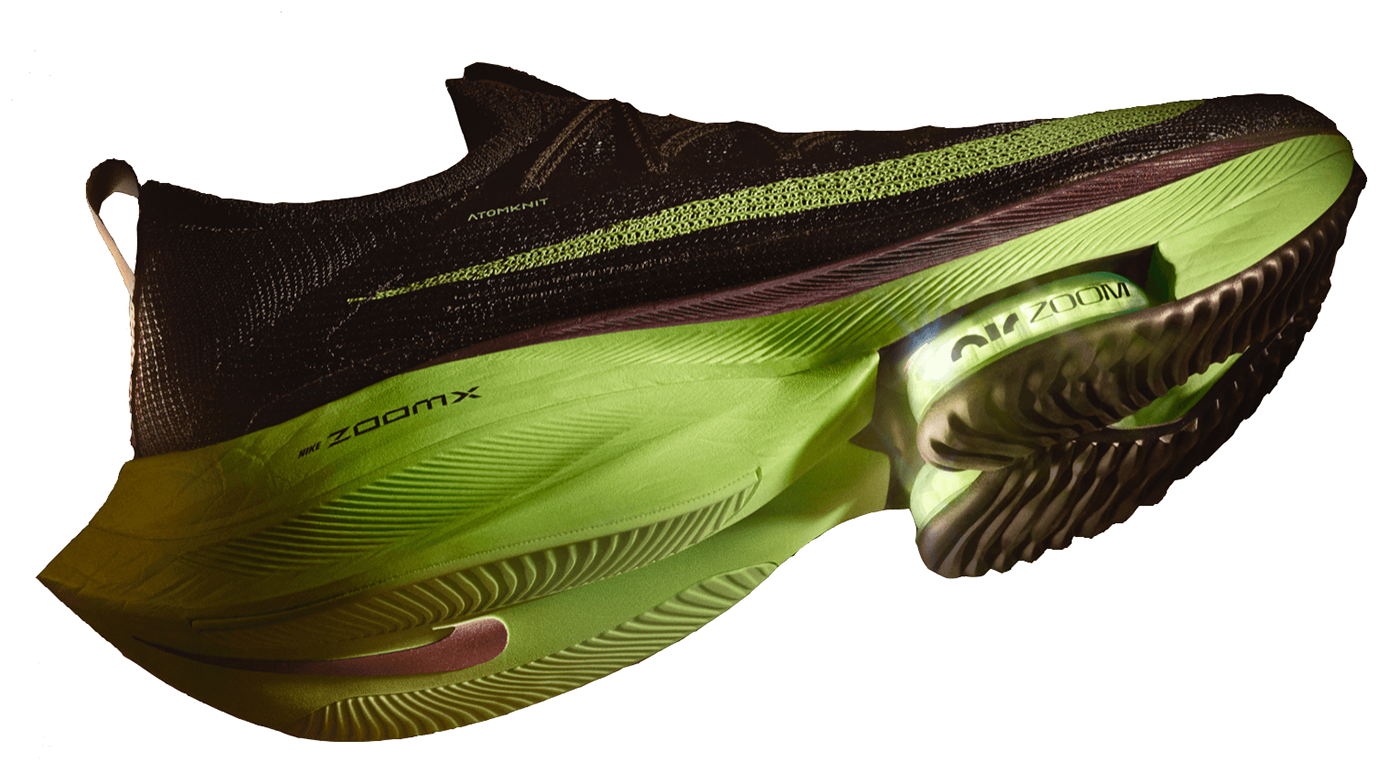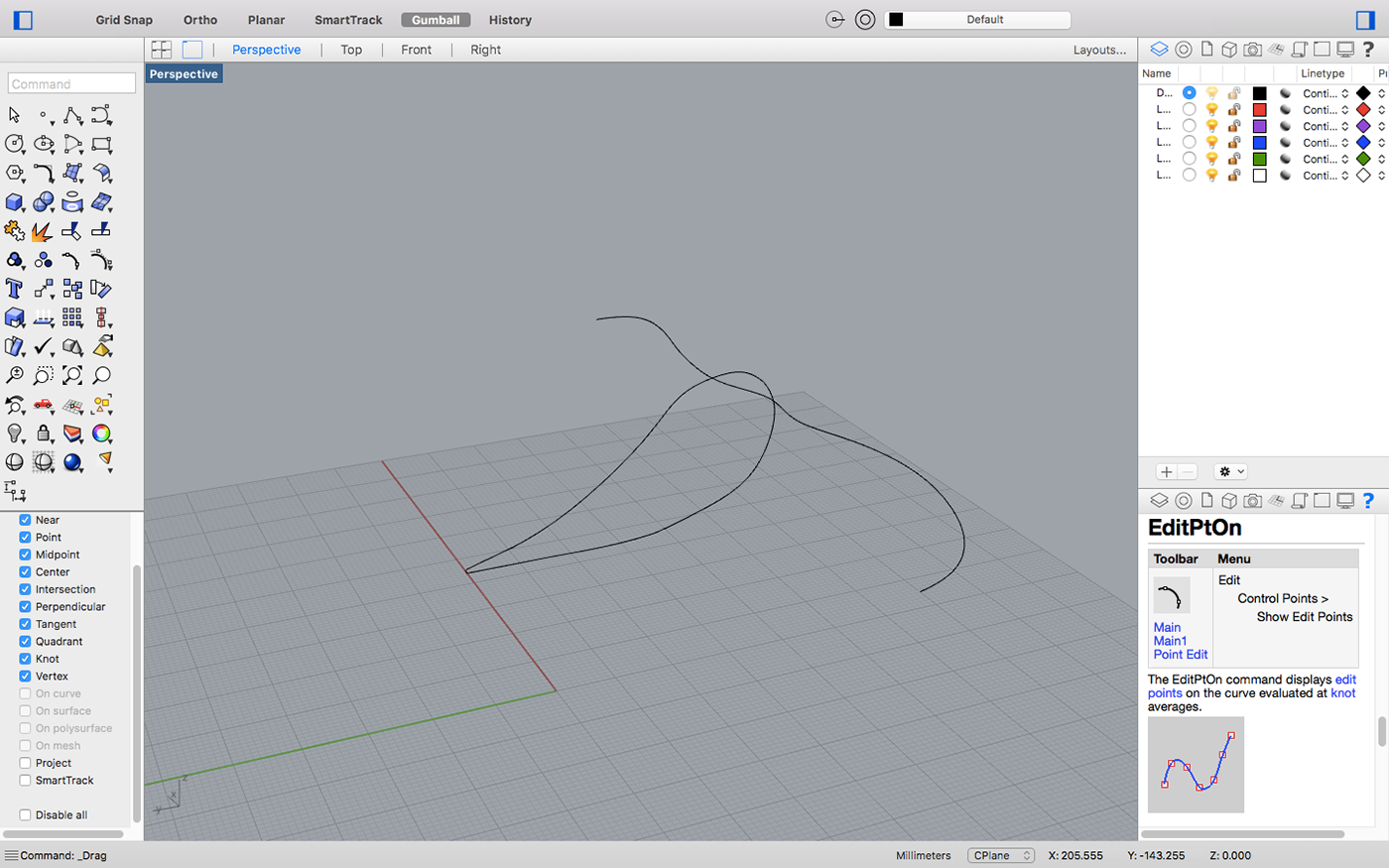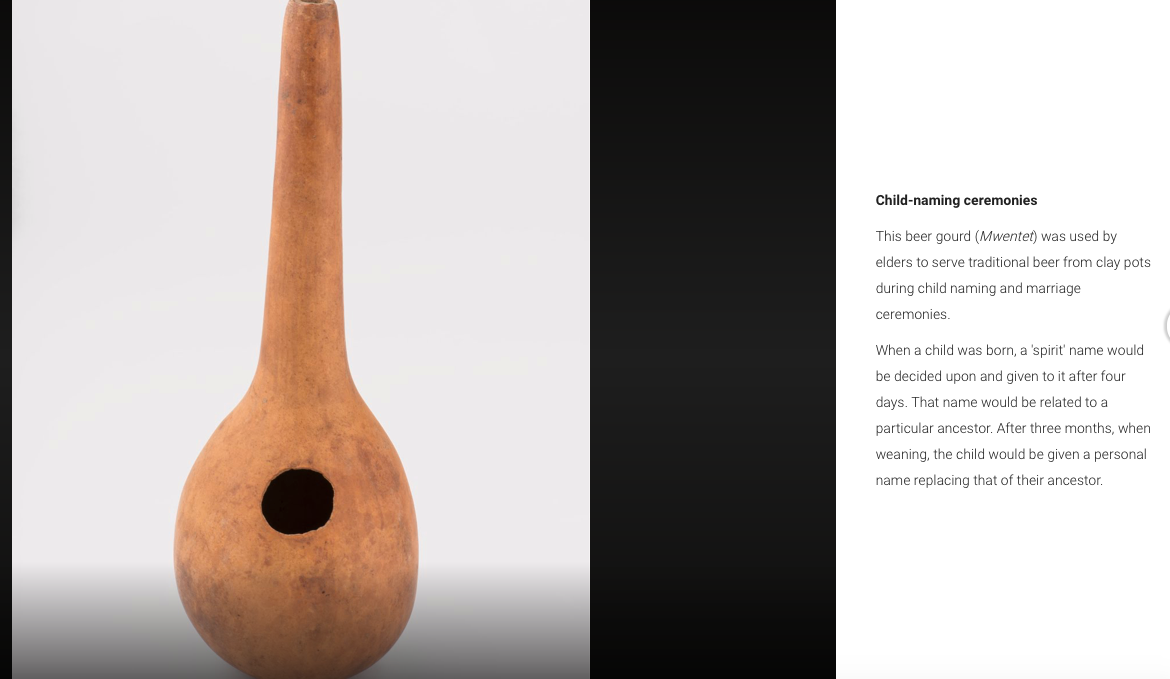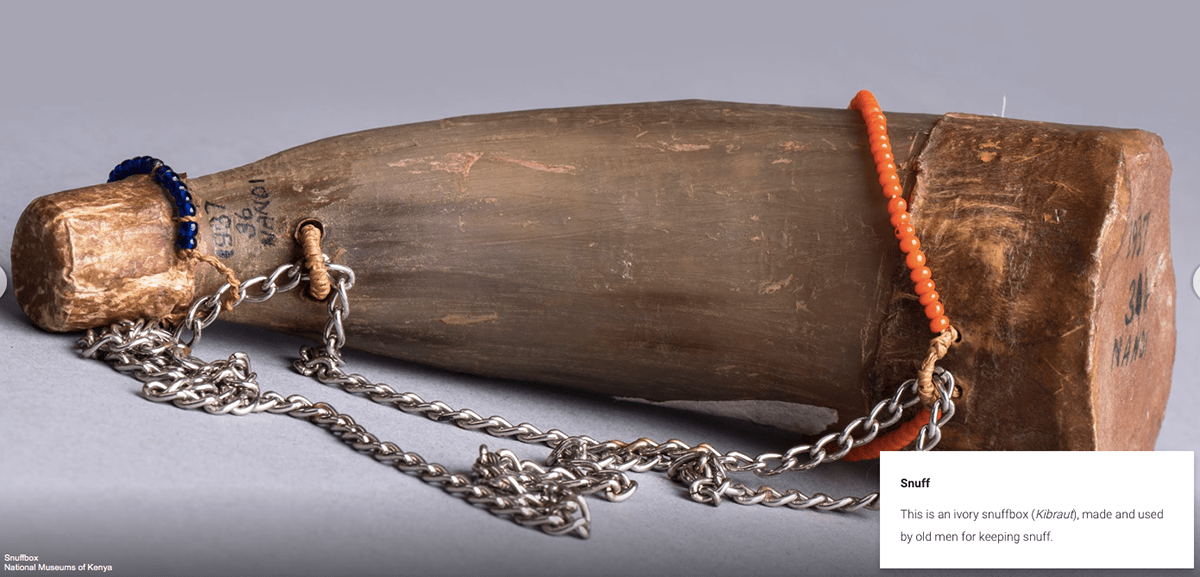Communicative Products
PROJECT 1
PIECE OF MOONDUST FROM THE APOLLO 11 MISSION 1996
Mission Objectives:
-Crewed lunar landing and returning to Earth
-Scientific exploration
-Camera transmiting to Earth
-Gather samples of lunar-surface materials
-Photograph the lunar terrain
Facts:
Apollo 11 launched from Cape Kennedy on July 16, 1969, carrying Commandeer Neil Armstrong, Command Module Pilot Michael Collins and Lunar Module Pilot Edwin "Buzz" Aldrin.
Name "Apollo" comes from the name of a god in Ancient Greek mythology. Apollo was god of archery, prophecy, poetry, and music, and most significantly he was god of the sun.
Moondust described as Aldrin as "like burnt charcoal or similar to the ashes that are in a fireplace, especially if you sprinkle a little water on them."
"It's one step for a man, one giant leap for mankind"- N. Armstrong
The base of the CM consisted of a heat shield made of brazed stainless steel honeycomb filled with a phenolic epoxy resin as an ablative material.
20% of the worlds population watched humans walk on the moon for the first time.
Cultural significance
Accomplished Kennedy's goal set eight years earlier. Demostrated the United States' technological superiority and with the success of Apollo 11, America had won the Space Race.
Mixed opinions, racial and financial inequalities frustrated citizens who wondered why money spent on the Apollo program was not spent taking care of humans on Earth.

View of Earth rising over the Moon's horizon from the Apollo 11 spacecraft.

The Apollo 11 crew await pickup by a helicopter from the USS Hornet.

KEYWORDS
-Success
-Discovery
-Journey
-Brave
-World
-Moon
-Technology
-Science
-Satisfaction
-Valuable
-New
-Unknown
-Accomplishment
PHYSICAL CHARACTERISTICS
COLORS
Gray, silver, gold, black, white, blue.
TEXTURES
-Porosity, grainy rock, polished metal, rusty metal.
SHAPES
-Rounded, organic, geometrical with rounded edges.

A SEED FOR THE SVALBARD GLOBAL SEED VAULT 2008
What is a seed vault?
Today, multinational corporations are engaged in a fierce battle over seeds. Improvement of plant varieties and maintenance of genetic diversity by preserving ancestral, wild, and native species are essential factors in both conventional crossbreeding and genetic reconstruction. It is important to maintain certain characteristics such as resistance to disease, insect damage, temperature change, drying, and salt damage as well as increasing the size of harvests and stabilizing flavor in primitive, wild, and other non-cultivated plants as well as in cultivated plants. That is why both advanced and developing countries are collecting the seeds of wild plants as well as major crops, creating facilities to preserve them, and studying them scientifically.
Today, multinational corporations are engaged in a fierce battle over seeds. Improvement of plant varieties and maintenance of genetic diversity by preserving ancestral, wild, and native species are essential factors in both conventional crossbreeding and genetic reconstruction. It is important to maintain certain characteristics such as resistance to disease, insect damage, temperature change, drying, and salt damage as well as increasing the size of harvests and stabilizing flavor in primitive, wild, and other non-cultivated plants as well as in cultivated plants. That is why both advanced and developing countries are collecting the seeds of wild plants as well as major crops, creating facilities to preserve them, and studying them scientifically.
The Svalbard Global Seed Vault is a secure seed bank on the Norwegian island of Spitsbergen in the remote Arctic Svalbard archipelago. Its an attempt to ensure agains the loss of seeds in other gene banks during large-scale regional or global crises.
The vault officially opened on 26 February 2008.
The Svalbard Global Seed Vault celebrated its first anniversary on February 6, 2009, and work is going ahead to collect and preserve as many kinds of food crop seeds as possible. And during this ceremony, the permanent installation in the vault of a sculpture by Tanabe Mitsuaki, a Japanese sculptor living in Yokohama, was announced. Tanabe was present at the unveiling ceremony. The title of the work was The SEED 2009 / MOMI IN SITU CONSERVATION.
The installation of the work of a Japanese sculptor in an international facility with this kind of historical significance is a major event, a cause for celebration for the Japanese and all other rice-eating Asian peoples as well as an honor for the artist. THE SEED 2009 / MOMI IN SITU CONSERVATION is a strong work of art made of cast stainless steel. It portrays a seed of wild rice, a motif that Tanabe has pursued for the last 20 years. It weighs 7 kilograms, is 120 centimeters long, and took two months to fabricate.

Seeds are stored in sealed three-ply foil packages, then placed into plastic tote containers on metal shelving racks. The storage rooms are kept at -18 ºC. The low temperature and limited access to oxygen will ensure low metabolic activity and delay seed aging. The permafrost (is ground, including rock, with a temperature that remains at or below the freezing point of water 0 °C for two or more years.) surrounding the facility will help maintain the low temperature of the seeds if the electricity supply fails.




KEYWORDS
-Human endurance
-Science
-Cold
-Remote
-Life
-Seed
-Safety
-Mountain
-Care
-Prevention
-Environment
-Hidden
PHYSICAL CHARACTERISTICS
COLORS
Silver, white, light blue
TEXTURES
-Polished cement, glass, polished metal, polished rock texture.
SHAPES
-Geometric shapes, triangles, sharp edges.

AN AGLET FROM ELIUD KIPCHOGE'S ALPHAFLY RUNNING SHOE 12 OCTOBER 2019
Who is Eliud Kipchoge?
Born 5 November 1984) is a Kenyan long-distance runner who competes in the marathon and formerly the 5000 metres.
On October 12, 2019, Eliud Kipchoge did something unfathomable. The Kenyan runner became the first human to propel himself 42.2 kilometres (a marathon) in under two hours. It was a feat that was once considered unachievable. But due to the artificial conditions of the event held in Vienna, his effort didn't count as a world record.
Described as "the greatest marathoner of the modern era", Kipchoge has won 12 of the 13 marathons he has entered.
Ineos 1:59 Challenge
Was a successful 2019 project to break the two-hour mark for running the marathon distance. The event featuring Kenyan athlete Eliud Kipchoge was sponsored by Ineos, a multinational chemicals company, and held in Vienna, Austria, on 12 October 2019.
Due to rotating pacemakers, delivery of hydration by bicycle, and the lack of open competition, the achievement does not count as a marathon world record and the feat is not recognized by the IAAF.
Kipchoge completed the challenge with an official time of 1:59:40.2.
Kipchoge stated:
"I am feeling good. After Roger Bannister in 1954 it took another 63 years, I tried and I did not get it - 65 years, I am the first man - I want to inspire many people, that no human is limited."
Following Kipchoge's performance, speculation about the shoes he wore circulated in running communities. Based on Nike patents, it was predicted he wore prototype trainers that included three carbon-fibre plates (this ultimately wasn't true) and a high sole height. Pictures from the event showed his prototype shoes also included two airbags under the forefoot.
The Alphafly are distinctive. They still include a single carbon fibre plate and Nike's soft, yet springy ZoomX foam, that encourages athletes to run on their toes. The trainer's upper is made of a new version of the company's Flyknit material, called Atomknit. It's a thinner and stronger version of the knitting technology.








KEYWORDS
-Fast
-Record
-Air
-Lightweight
-Aerodynamic
-Strength
-Freedom
-Happiness
-Bold
-Determination
-Resistance
-Character
-Technology
-Inspiration
-Motivation
PHYSICAL CHARACTERISTICS
COLORS
Bright neon pink, white, black, neon yellow.
TEXTURES
-Soft foam (soles), smooth, plastic.
SHAPES
-Geometrical, sleek, aerodynamic.

RUNNING MOVEMENTS
https://www.youtube.com/watch?v=IZuzdJ5H13k
https://gfycat.com/lightgratefulbuffalo

SHAPE 1








SHAPE 2




SHAPE 3

SHAPE 4


SHAPE 5


SHAPE 6


SHAPE 6.1













SHAPE 1.1








PROJECT 2
Research
Kipchoge's biography
Kipchoge was born on 5 November 1984 in Kapsisiywa, Nandi District of Kenya. Kipchoge graduated from Kaptel Secondary School in 1999 but did not run seriously then. He ran two miles (3.2 km) to school on a daily basis. Kipchoge was raised by a single mother (a teacher), and only knew his father from pictures. He is the youngest of four children. He met his trainer Patrick Sang (a former Olympic medalist in the steeplechase) in 2001 at the age of 16.
Kipchoge's wife and three children live in Eldoret, Kenya. Meanwhile he lives and trains in Kaptagat, 30 km from Eldoret.
Nandi people
The Nandi is a sub-community of the Kalenjin ethnic group in East Africa. They referred to themselves as 'Chemwalindet' or 'Chemwal' before adopting the name Nandi in the mid 19th century. They speak Nandi, a Kalenjin dialect. They traditionally have lived and still form the majority in the highland areas of the former Rift Valley Province of Kenya, in what is today Nandi County. The majority of the Nandi are found in Nandi County, a region with many tourist attractions and home to many world athletic champions. Some of the best renowned Nandi people are leader Koitalel arap Samoei, and athletes Pamela Jelimo, Janet Chepkosgei and Kipchoge Keino.
Due to the fertile soils and abundant rainfall in Nandi County, the Nandi have traditionally practiced agriculture and livestock keeping. Their abundant forests also encouraged beekeeping, and planting crops like maize, millet, and cassava, as well as tea.
Family
The family was the basic political unit among the Nandi. A collection of between 20 to 100 homesteads formed a koret. A dozen or more koret formed a pororiet, a larger political unit that produced men to join military camps.
The pororiet was regulated by the council of elders, where leaders from every koretattended. Leaders assumed these positions by virtue of their social status, wealth and personality, and settled disputes through consensus.
The Nandi also had a spiritual and military leader called Orkoiyot, who made security and war decisions.
ELEMENTS FROM THE CULTURE














Running motion
There is a need for greater balance because the double support period present in walking is not present when running. There is also the addition of a double float period during which both feet are off the ground, not making contact with the support surface.
The amount of time that the runner spends in float, increases as the runner increases in speed. The muscles must produce greater energy to elevate the head, arms and trunk (HAT) higher than in normal walking, and to support HAT during the gait cycle. The muscles and joints, must also be able to absorb increased amounts of energy to control the weight of HAT.
Initial swing is the response of both stretch reflexes and concentric movements to the propulsion movements of the body. Hip flexion and knee flexion occur beginning the return of the limb to the starting position and setting up for another footstrike. Initial swing ends at midswing, when the limb is again directly underneath the trunk, pelvis and hip with the knee joint flexed and hip flexion continuing. Terminal swing then begins as hip flexion continues to the point of activation of the stretch reflex of the hip extensors. The knee begins to extend slightly as it swings to the anterior portion of the body. The foot then makes contact with the ground with footstrike, completing the running cycle of one side of the lower extremity.

MAGNETS
If you put the north pole of one magnet next to the south pole of the other, then the field lines go straight from the north pole of the first magnet to the south pole of the second, and you feel an attractive force between the two magnets.

INTERIOR DESIGN
My interior design will be contrasting from the outside that is very simple and minimalistic with clean and shiny colors.
I want the interior to represent Eliud's roots by using elements to represent his culture and his country.
FIRST DESIGN
For the first design (the one that is elongated and horizontal) the idea that I have is cut the enclosure in half horizontally and following the slits on the sides. The user will know where to position the fingers because of them, then they just have to put some pressure and pull up to open the enclosure. It will have magnet so that the way of opening is simple and clean, I also chose the magnets because the motion of running is quick and in the research that I did I found that there is a point were people float, so I related that to the sensation of slight resistance you feel while putting two magnetic surfaced together. Also I did some research on magnets and I found that they work like a cycle, just like motion of running on the feet is a constant cycle. Then for the aglet, I wan thinking about putting it in the center of the interior from the bottom part sitting in a base and in the other half (top) there are going to be some elements representing the culture, like beads and chains.









I tried to put leather material for the inside on this render but I didn't like the appearance.

So I changed the material to wood and I like the contrast between the shiny and white surface from the outside and the organic and rustic material from the inside.
**Maybe I could make the wood a little darker and less polished to enhance the contrast.


SECOND DESIGN
For this enclosure I decided to use the same magnet mechanism but in a different way. The enclosure opens from the top part by pulling it up. You pull it until it stops and then it can remain open by some magnets hidden on the bottom section of the part that is opening (Better explained in the pictures below).



This shows how much the enclosure would open.

This shows the mechanism that will make the top part stay open trough the magnets.

I also decided to make the glass part thinner.

(Here you can't really see the aglet very well, I think the render material I added to the aglet was not the right one)
CHANGES ON THE TOP PART OF THE ENCLOSURE
Ineos 1:59 Challenge was the name of the marathon Eliud ran. It was a 42 km marathon. I made some changes on the top part of the enclosure. I made some chains instead of the tiny beads and I added 42 beads making a reference to the number of km he ran. I made the chains and the beads flow in a better way along the enclosure instead of just being in a straight line.




LOGO EXPLORATION
Flag of Kenya
The flag of Kenya (Swahili: Bendera ya Kenya) is a tricolour of black, red, and green with two white edges imposed with a red, white and black Maasai shield and two crossed spears. The flag is based on that of Kenya African National Union and was officially adopted on 12 December 1963 after Kenya's independence.
The Kenyan flag includes symbols of unity, peace and defense of the country. The colour black represents the people of the Republic of Kenya, red for the blood shed during the fight for independence, and green for the country's landscape and natural wealth. The white fimbriation was added later to symbolize peace and honesty. The black, red, and white traditional Maasai shield and two spears symbolise the defense of all the things mentioned above.



OPENING MECHANISM PT.2 (failed)

The rails will make the opening resemble the running movement because the user will be sliding the top section backwards as the foot of the runner does.
****After doing this sketches I changed the 3D model and I realized that it was not going to work because there was going to be a gap and the enclosure was not sealing completely.****

OPENING MECHANISM PT.3







For thedynamic of the enclosure I decided to use the swing or backward movement of the foot while running. So with this enclosure, the user positions the fingers on the upper side slits and slides backwards to separate the two parts. The mechanism that keeps the shape closed works with two angled rails on the bottom half and then two angled complementary strips that fit inside the rails. This also creates the backward sliding movement.

While running, the bottom of the shoe (sole) is not always facing down, at some point (left picture) the sole is almost completely facing up. So with this enclosure, the user positions the fingers on the upper side slits and slides backwards, then he flips the top (making the bottom/inside face almost completely up) and positions that half on the side of the enclose that has a magnetic surface to keep it in that angled position. I wanted to incorporate magnets because they work in a cycle and that reminded me of the cycled motion of the feet while running.
FINAL DESIGN







This is my final design.There is a notorious contrast between the exterior and interior of the enclosure. The exterior representing the shoe and it’s aesthetic and the interior expressing and symbolizing Eliud’sorigins and his roots. The movements and dynamics applied to the enclosure also communicate the essence of the theme.
REFERENCES
PeoplePill. (n.d.). Eliud Kipchoge: Kenyan long-distance runner (born: 1984). Retrieved from https://peoplepill.com/people/eliud-kipchoge/
The Nandi Community of Kenya - National Museums of Kenya - Google Arts & Culture. (n.d.). Retrieved from https://artsandculture.google.com/exhibit/the-nandi-community-of-kenya-national-museums-of-kenya/ZgKyJw5I_MdmJQ?hl=en
Nandi people. (2020, April 25). Retrieved from https://en.wikipedia.org/wiki/Nandi_people
“Running Biomechanics.” Physiopedia, www.physio-pedia.com/Running_Biomechanics.
How magnets work. (n.d.). from https://ece.northeastern.edu/fac-ece/nian/mom/work.html
Flag of Kenya. Retrieved from: https://en.wikipedia.org/wiki/Flag_of_Kenya
